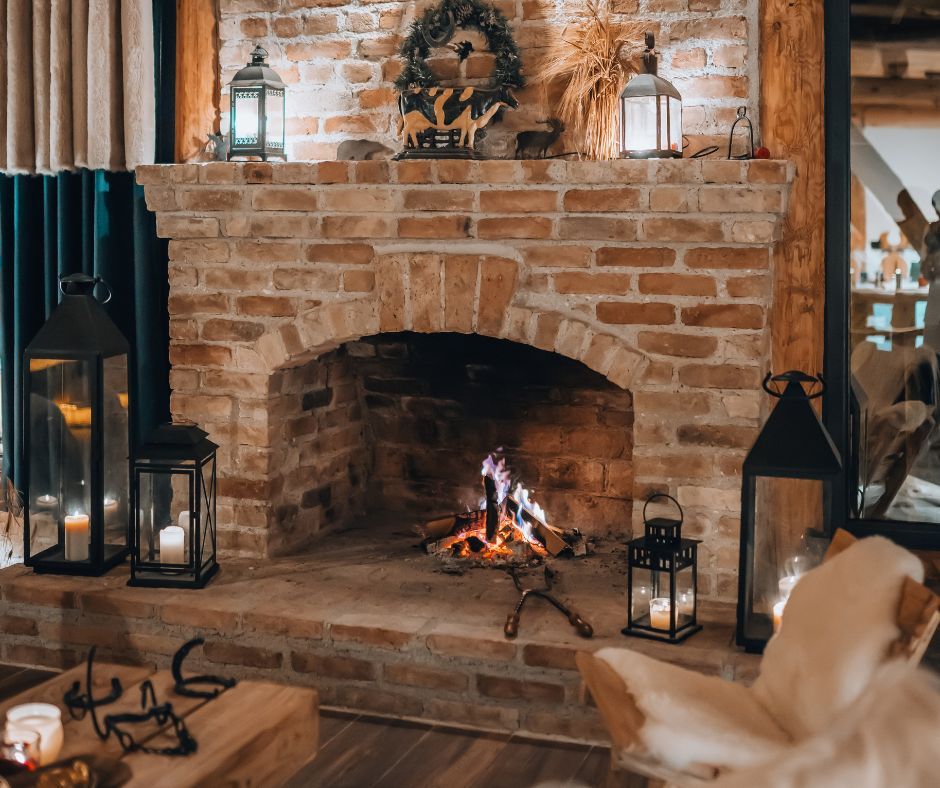Common Types of Bricklaying Bond in Masonry
Bricklaying is an art and a science that has been shaping masonry buildings for centuries. Whether you’re constructing a home, restoring a heritage structure or adding a decorative touch, the arrangement of the bricks as they are laid, also known as the brick bond, makes all the difference. Not only do brick bonds enhance the strength of a structure, but they also enhance the visual appeal of the structure and elevate the overall style of your property.
Discover the most common types of bricklaying patterns, their purposes and which one will perfectly suit your property through this guide.
What is a Brick Bond?
The types of bricklaying bonds in brick masonry are the backbone of masonry structures. They’re basically the patterns in which bricks are laid to ensure a structure’s stability, durability and appeal.
The way bricks interlock in each pattern does more than just look pretty, it also spreads out the weight and load evenly, keeping your walls safe and sturdy. At the same time, well-chosen bricklaying types add a polished, professional touch to any property.
Common Types of Bricklaying Patterns
Here are the most popular bricklaying types in masonry construction in Australia. Each comes with its own strengths, uses and a touch of personality.
Running (Stretcher) Bond
The running bond, aka the stretcher bond, is one of the most common types of bricklaying bond. This bond involves bricks laid lengthwise in a single row ideal for load-bearing walls and efficient construction.
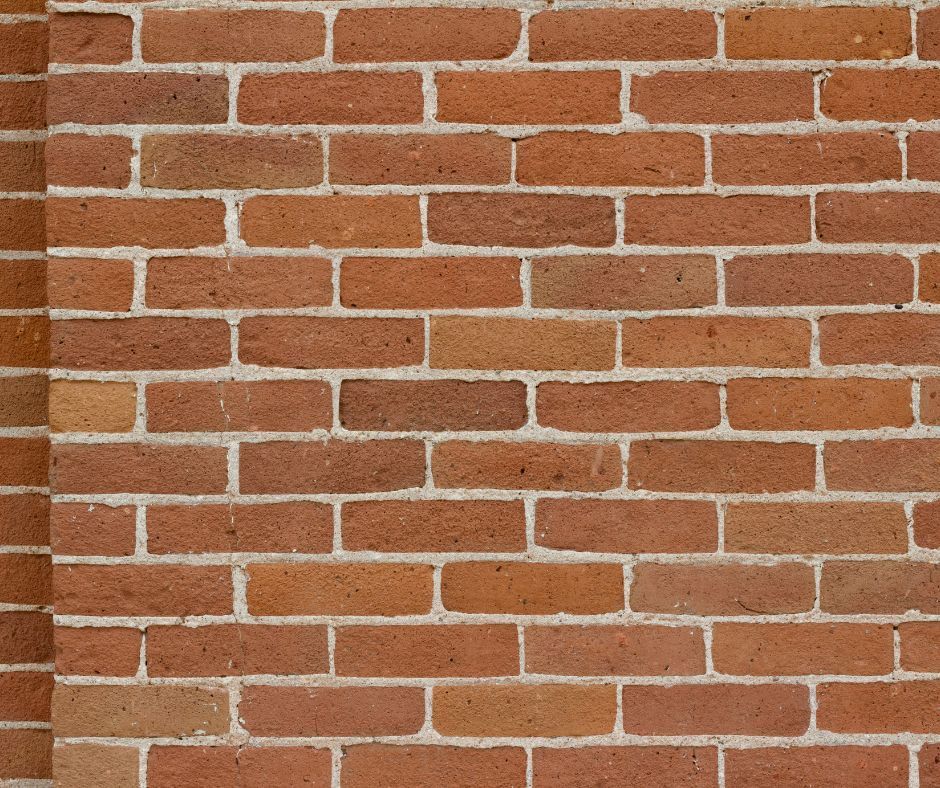
Common Bond
The common bond alternates several rows of stretchers with a single header row at regular intervals. This pattern is used to create a strong and practical bond that strikes a balance between structural integrity and visual appeal.

Flemish Bond
The Flemish bond alternates headers and stretchers in every row, giving the wall a decorative appearance. This bond is versatile and can be used in various types of masonry work.

English Cross or Dutch Bond
The English cross or Dutch bond alternates stretcher and header courses and is known for its durability and symmetrical design. This bond is used in robust constructions where strength and symmetry are important.
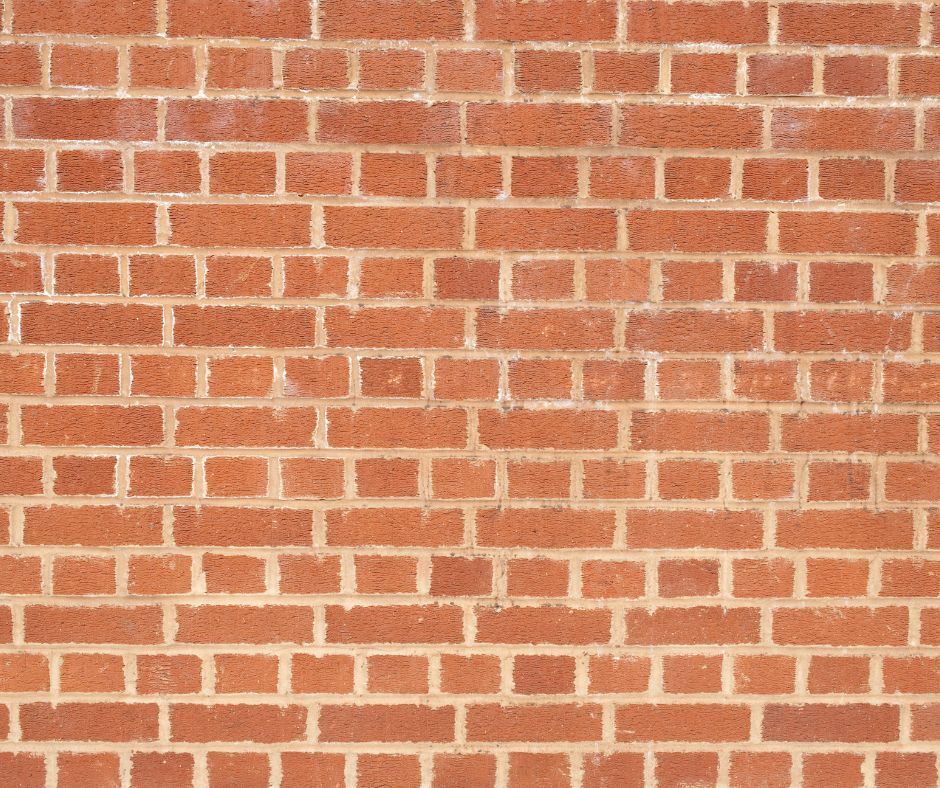
Stack Bond
In the stack bond, bricks are stacked directly on top of one another in vertical alignment. It offers a modern and minimalistic pattern, however, strength is reduced compared to other bonds and is often used for non-load-bearing walls or in decorative applications.
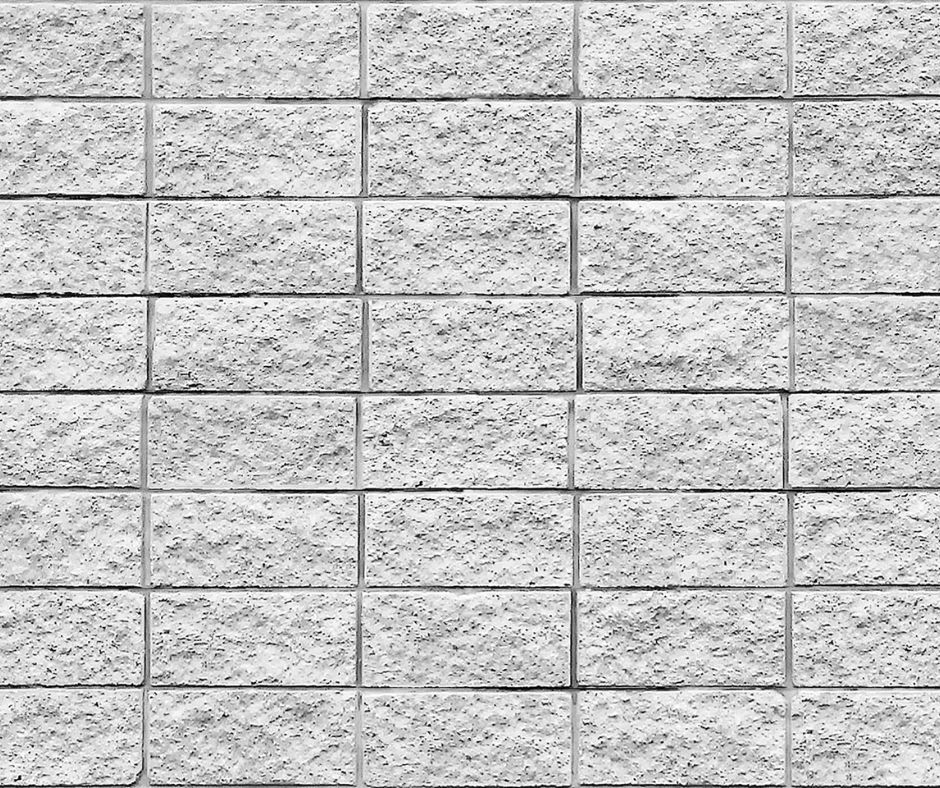
Soldier Course
The soldier course types of bricklaying bond involve laying bricks vertically with their narrow face visible. It’s commonly used as a decorative element for lintels, cornices and parapets, adding a touch of elegance to the structure.
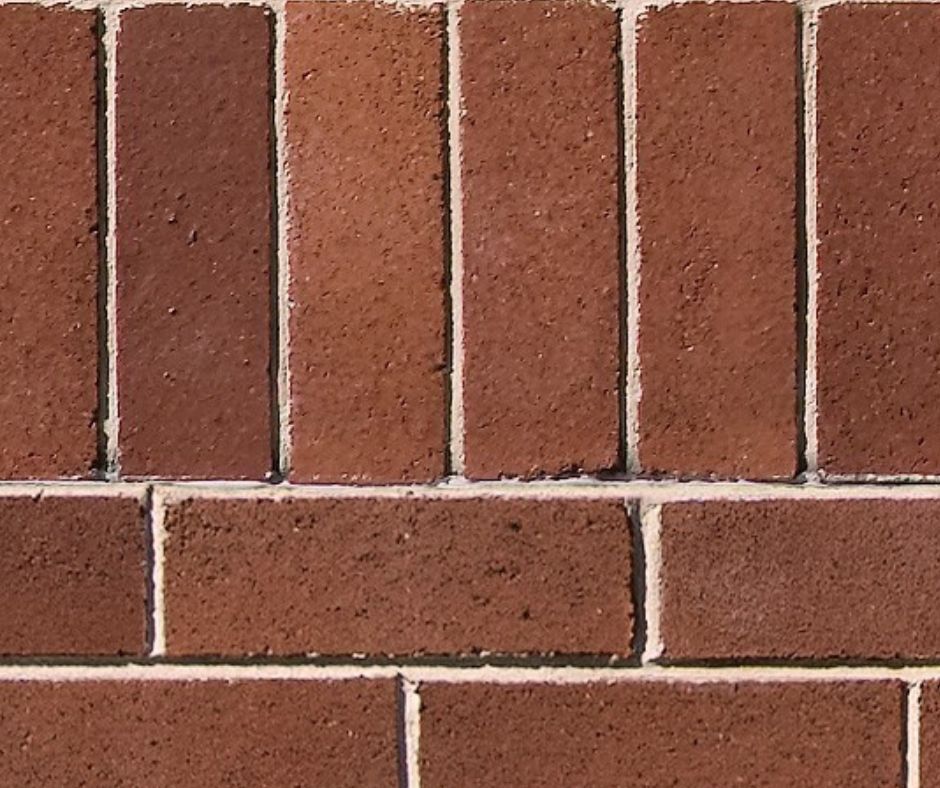
Brick Orientation
The way bricks are oriented also affects how a wall performs and looks. Here are the common ways bricks can be oriented:
On Bed
This is the standard orientation, with bricks laid flat so their largest surface area forms the bearing surface.

On Edge
In this orientation, bricks are laid with their narrow edge as the bearing surface. This method is used in lightweight construction or for decorative features in garden walls and paths.
Soldier
Bricks are laid vertically with the narrowest face visible. This style is ideal for decorative purposes or in accent walls.

Importance of Understanding Bricklaying Types
Knowing the different types of bricklaying bonds and their orientations is crucial for several reasons, such as:
Enhances Structural Integrity
Choosing the right bond ensures the even distribution of loads across the structure and enhances stability.
Improves Appeal
The right bond enhances the visual appeal of a masonry structure, making the building more eye-catching.
Saves Costs
Selecting the appropriate bond can reduce material wastage and project costs as it makes the construction process more efficient.
Suitability for Specific Projects
Researching the different bricklaying types and the unique characteristics of each bond helps you make an informed decision and make sure that you choose the right one for your project.
Longevity
Using the correct bond
improves the durability and lifespan of the masonry, ensuring the structure remains solid for many years.
Which Types of Bricklaying Bond Will Suit My Property?
Choosing the right brick bond for your property involves several considerations:
Assess the Building Purpose
Determine whether the structure is load-bearing, decorative or partitioning. This will greatly affect which of the bricklaying types will you choose.
Evaluate Design Preferences
Choose a bond that aligns with the desired appearance of the project to ensure it meets your design goals.
Consider Structural Requirements
Ensure the chosen bond provides the necessary strength for the structure, particularly for load-bearing walls.
Budget Constraints
Some bonds may require more labour or materials costs than others. Consider your budget when selecting a bond.
Seek Professional Advice
Consult professionals to determine the best bond for your project. Professional advice can help you make informed decisions and ensure the success of your masonry work.
Get Professional Help for Your Masonry Project
At Keystone Pointing, we’re the experts in restoring the beauty and strength of your masonry structure. From brick repointing to tuckpointing, wall tie replacement and professional advice on types of bricklaying patterns.
Get in touch with us today for a consultation and a quote. We’ll help you create a masonry structure that stands the test of time while looking stunning.
More Posts Like This:


